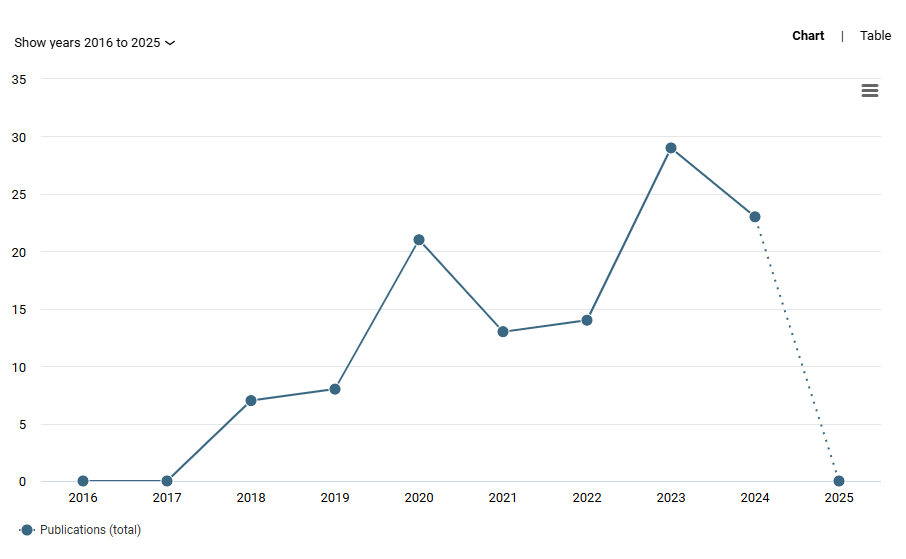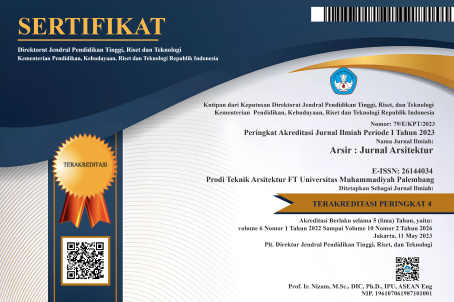Evaluation of the Application of Behavioral Architecture to the Characteristics of Commercial Users
Case Study: The Food Junction Grand Pakuwon
DOI:
https://doi.org/10.32502/arsir.v9i1.199Keywords:
behavioral architecture;building concept; userAbstract
In the field of architecture, humans build buildings or structures to meet their needs, and as users of these buildings influence the way humans behave. As well as ensuring the variables that influence the correlation between architecture and the social stability of building occupants. The most fundamental aspect of architecture is understanding the importance of the interaction between these elements such as accessibility, open space and aesthetics. In the western city of Surabaya, a place has been built, making it a new historical milestone in realizing the people's wishes. For this reason, the design of the Grand Pakuwon Food Junction building must be able to be accepted and respond to user behavior, namely visitors, by creating space elements that foster social interaction, are easy to adapt, and offer indoor and outdoor facilities to its users, as well as giving them a variety of activities to choose from. The method used for qualitative description is interviews and identifying each factor to create the stability of desired behavior for residents and users. It is hoped that the results of this research can provide development of spatial logic theory (Hiller and Hanson) and humanistic principles and encourage building designs that are not only functional, but also pay attention to aspects of genetic attitudes and emotions.
Downloads
Published
How to Cite
Issue
Section
License
Copyright (c) 2025 Aliza Yasmin Rasyidah, Azkia Avenzoar

This work is licensed under a Creative Commons Attribution-ShareAlike 4.0 International License.
Arsir: Jurnal Arsitektur (AJA) have CC-BY-SA or an equivalent license as the optimal license for the publication, distribution, use, and reuse of scholarly work.
Authors who publish Arsir: Jurnal Arsitektur (AJA) agree to the following terms: Authors retain copyright and grant the Arsir: Jurnal Arsitektur (AJA) right of first publication with the work simultaneously licensed under a Creative Commons Attribution License (CC BY-SA 4.0) that allows others to share (copy and redistribute the material in any medium or format) and adapt (remix, transform, and build upon the material) the work for any purpose, even commercially, with an acknowledgement of the work's authorship and initial publication in Arsir: Jurnal Arsitektur (AJA). Authors are able to enter into separate, additional contractual arrangements for the non-exclusive distribution of the journal's published version of the work (e.g., post it to an institutional repository or publish it in a book), with an acknowledgement of its initial publication in Arsir: Jurnal Arsitektur (AJA). Authors are permitted and encouraged to post their work online (e.g., in institutional repositories or on their website) prior to and during the submission process, as it can lead to productive exchanges as well as earlier and greater citation of published work (see The Effect of Open Access).
![]()
Work is distributed below This work is licensed under a Creative Commons Attribution-ShareAlike 4.0 International License.










